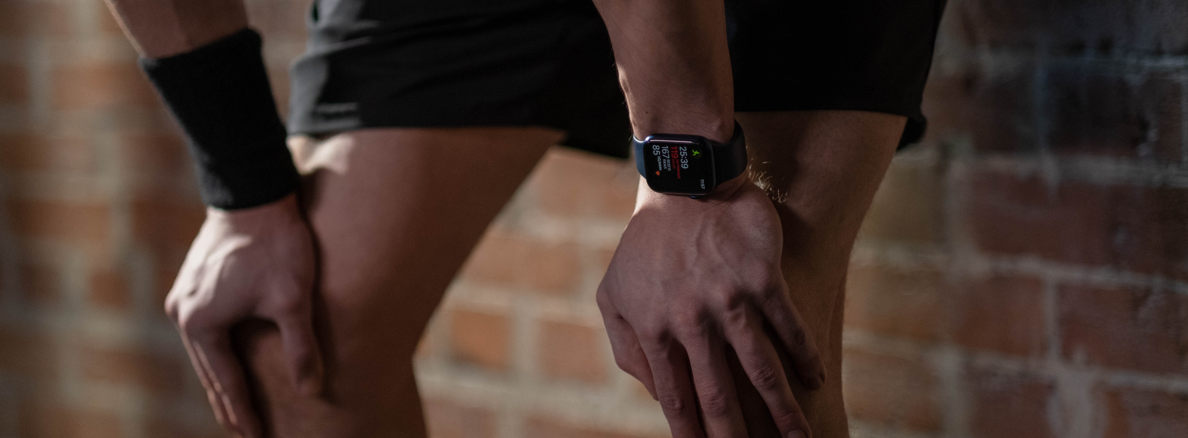Having a burning sensation on the side of your knee is not a pleasant experience. I would imagine that the pain has limited your ability to adequately perform activities you enjoy. Or maybe it is just getting in the way of your activities of daily living.
You may have already gone to the doctor and had a full work up done, including physical exams and imaging. I would imagine that if you are reading this article then your medical report and imaging were normal. While it is comforting to know that your knee is structurally fine on imaging and exam, it has probably left you perplexed about what is going on.
In this article, I will share with you a potential cause of what is causing your burning knee pain as well as offer you some suggestions of where to find solutions.
Let’s start by talking about the burning sensation on the side of your knee. The quality of the pain is an important indicator of the type of pain you are experiencing. A burning sensation clues us in to pain being produced due to a dysfunction within the nervous system, medically referred to as neurogenic pain. In order to be considered neurogenic pain, a pain trigger, such as a trauma or disease needs to be absent.1
“Hold up,” you may be thinking. “My side knee pain occurred after I took a tumble skiing and my knee has not been the same since. Didn’t this trauma to my knee cause my current burning pain?”
Yes and no. Let’s talk a little bit about one way an acute injury can turn into chronic pain. Oftentimes, there is a precipitating event that triggers the pain. The trauma results in pain and swelling as the body activates the inflammatory response in order to start the healing process (yes, you read that correctly, inflammation equals healing). Once the damaged tissue heals and the inflammatory response abates, the pain should theoretically go away.
Unfortunately, weekend warrior, it doesn’t always work out that way. Oftentimes, the initial trauma takes a toll on your muscles, ligaments and fascia, causing tension and kinks in your system. The resulting tension in your myofascial system puts pressure on the nerves that meander over, under and through your flesh; this nerve pressure causes local irritation to the nerve resulting in neurogenic pain.
The local irritation to the nerve leads to swelling. Sometimes you can even feel the swelling! Try it out by locating a really tender spot on the side of your knee. Do you feel a small tender bundle of tissue? If so, that’s most likely a swollen nerve.
The resultant swelling puts more pressure on the nerve leading to more swelling. Ultimately, the local irritation and swelling is not allowing proper blood flow to get to the nerve. And without that blood flow, the nerve is not getting enough glucose, hence the pain signal.
Let’s quickly recap. You currently have a burning sensation on the side of your knee that was mostly likely caused by an initial trauma. The burning pain indicates that your peripheral nerve is irritated and locked into a looping pattern where irritation causes swelling and swelling causes more irritation all of which causes pain.
In order to break the looping pain pattern, the nerves need to be freed from their entrapments. The best way I have found to free the nerves from entrapment is through a modality called perineural injection therapy. It is a natural and relatively pain-free modality that breaks the looping pain pattern by placing glucose around the irritated nerve.
It may take a few treatments, but perineural injection therapy does a great job of restoring proper nerve function.
In conjunction with or after the injections, I find it helpful to work with an experienced bodyworker (Physical Therapist or myofascial bodyworker) and/or acupuncturist in order to work through the tension and kinks in your system. Otherwise, there is a higher chance that the pain could come back.
If you are interested in learning more about the modalities discussed in this article, please feel free to contact our organization. We have multiple clinicians in several states that can help you resolve your knee pain naturally.
Reference:
- Bowsher D. Neurogenic pain syndromes and their management. Br Med Bull. 1991;47(3):644-666. doi:10.1093/oxfordjournals.bmb.a072498



